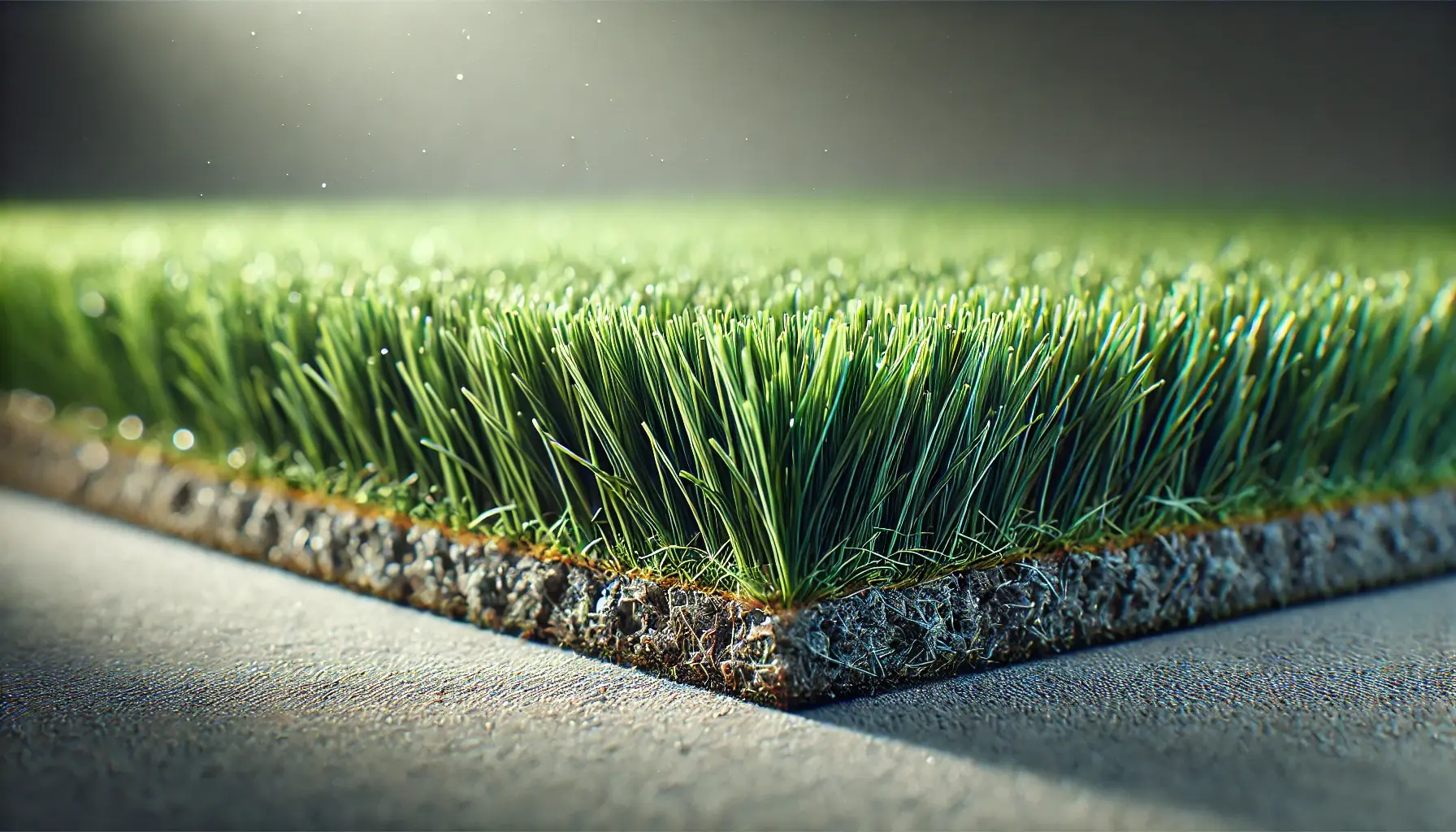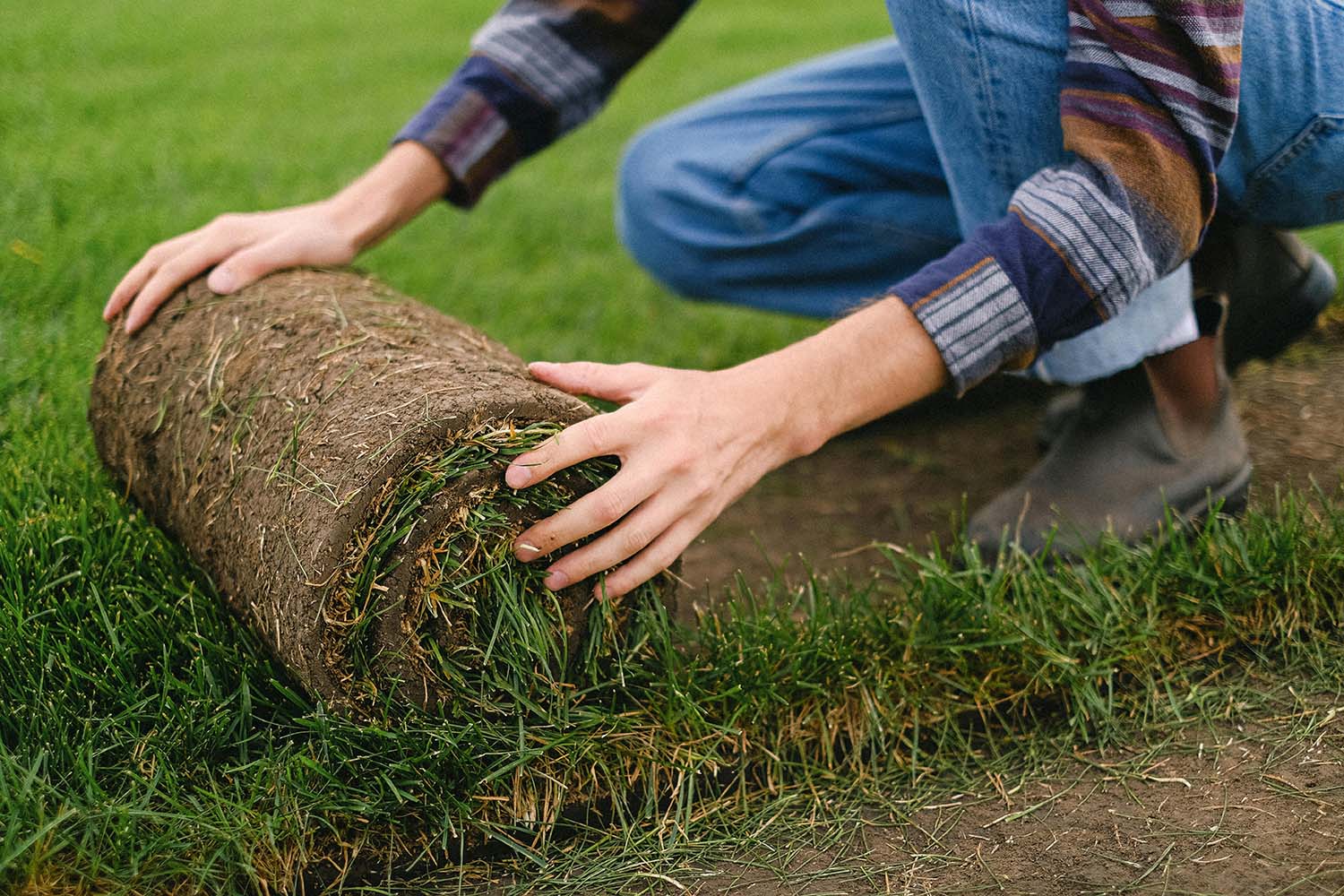Look Into the Environmental Conveniences of Opting for Synthetic Grass Solutions
The adoption of fabricated grass services offers a compelling opportunity to deal with pressing environmental obstacles. By considerably reducing water use and decreasing the application of harmful chemicals, these alternatives not just advertise sustainable landscaping but also safeguard local environments.
Water Preservation Conveniences
One of the most considerable benefits of fabricated lawn is its capability to save water. In contrast, synthetic turf does not require watering, significantly minimizing the overall need for water sources.
By removing the requirement for normal watering, synthetic grass adds to lasting landscape techniques and assists minimize the environmental effect of excessive water usage. Moreover, the conservation of water includes the decrease of runoff, which can bring about soil erosion and river air pollution.
Furthermore, the installment of synthetic grass permits municipalities and home owners to allot water resources extra successfully, focusing on necessary usages such as alcohol consumption water and agriculture. The shift towards synthetic grass not just promotes responsible water usage however additionally aligns with wider ecological objectives focused on maintaining natural deposits.
As communities progressively focus on sustainability, the water preservation advantages of synthetic grass provide a compelling situation for its adoption in commercial and property landscaping projects.
Lowered Chemical Use
The shift to synthetic grass substantially reduces the dependence on chemical therapies typically made use of in natural yard maintenance. Standard lawn administration typically involves the application of pesticides, herbicides, and fertilizers to promote growth and control bugs. These chemicals can pose threats to human wellness, neighborhood wild animals, and the setting, adding to soil and water contamination.
In contrast, artificial lawn removes the demand for these hazardous substances. As soon as set up, it requires marginal upkeep, largely being composed of regular cleansing and irregular infill replenishment. This decrease in chemical usage not just profits the immediate setting however additionally adds to broader eco-friendly stability. By decreasing the release of artificial compounds right into the environment, synthetic lawn promotes much healthier soil and water systems.
In addition, the lack of chemical drainage connected with synthetic grass installations assists shield local waterways from air pollution, supporting aquatic life and preserving biodiversity. Turf installation phoenix az. As neighborhoods significantly focus on sustainable methods, choosing for synthetic grass provides a feasible remedy that aligns with environmental conservation goals. With this change, homeowner can appreciate lush green spaces without compromising environmental health and wellness, leading the method for an extra lasting future
Reduced Carbon Impact

In addition, the installation of synthetic grass can cause significant water preservation. All-natural grass require considerable amounts of water for irrigation, which not only adds to the carbon footprint connected with Artificial turf companies phoenix water removal and therapy yet additionally pressures local water resources. In contrast, synthetic grass needs minimal maintenance, requiring no watering, thus considerably minimizing water usage and its connected energy expenses.
Furthermore, the durability of synthetic grass contributes to its reduced carbon impact. With a lifespan of up to 15 years or more, the need for constant substitutes is lessened, causing less waste and lower energy usage in production and getting rid of conventional lawn options. Generally, man-made grass provides a lasting choice for environmentally conscious landscape design.
Habitat Preservation
Environment conservation is a vital consideration in the discussion over landscape design options, particularly when contrasting synthetic grass to all-natural lawn. Natural yard lawns frequently require considerable maintenance, including making use of plant foods, pesticides, and herbicides, which can detrimentally affect local environments. These chemicals can seep right into the soil and rivers, damaging indigenous flora and animals and disrupting neighborhood habitats.
In contrast, artificial turf presents an opportunity to decrease the environmental impact of landscape design. By choosing artificial turf, house owners can lessen the disturbance of natural environments related to see here now standard yard treatment practices. Fabricated turf removes the need for harmful chemicals, therefore safeguarding neighboring wildlife and preserving the integrity of bordering communities. The installation of synthetic grass can lead to the conversion of former lawn locations right into more biodiverse landscapes, such as pollinator gardens or native plant locations, which can sustain local wild animals.
Ultimately, the transition to artificial lawn not just saves water and decreases maintenance efforts yet additionally promotes a much more harmonious relationship in between human activities and the natural environment, advertising habitat preservation while doing so.
Long-Term Sustainability
Lasting sustainability is an essential factor in reviewing the benefits of synthetic grass over traditional grass yards. Among one of the most substantial benefits of synthetic grass is its toughness; it can last as much as 15-20 years with very little maintenance, whereas all-natural lawn calls for frequent reseeding and replacement. This durability lowers the demand for consistent sources, such as water, fertilizers, and chemicals, which are necessary for preserving a healthy turf lawn.
In addition, synthetic grass adds to a decrease in carbon emissions related to lawn treatment equipment. Standard lawns usually need gas-powered mowers, leaners, and blowers, all of which add to air contamination. Arizona artificial turf. In contrast, fabricated turf gets rid of the demand for such devices, advertising a cleaner environment
Additionally, the manufacturing of synthetic grass increasingly makes use of recycled products, useful source enhancing its sustainability account. As suppliers adopt eco-friendly methods, the ecological impact of artificial grass proceeds to diminish.

Final Thought
The adoption of synthetic grass options provides substantial environmental benefits, including significant water conservation, reduced dependence on hazardous chemicals, and a reduced carbon footprint. Artificial grass aids in protecting all-natural habitats by minimizing land disruption and advertising long-lasting sustainability via the use of durable materials. Jointly, these elements emphasize the potential of synthetic grass to add positively to environmental wellness and offer a practical choice to traditional landscaping methods in an increasingly resource-conscious globe.
In comparison, fabricated turf does not need watering, dramatically decreasing the general need for water sources. By minimizing the release of artificial substances right into the ecosystem, artificial grass advertises much healthier soil and water systems.
Additionally, the installment of artificial turf can result in considerable water preservation. In comparison, artificial grass requires marginal maintenance, calling for no watering, therefore considerably lowering water use and its connected power expenses.

Comments on “Premium Arizona Turf Solutions for a Stunning and Lush Landscape”